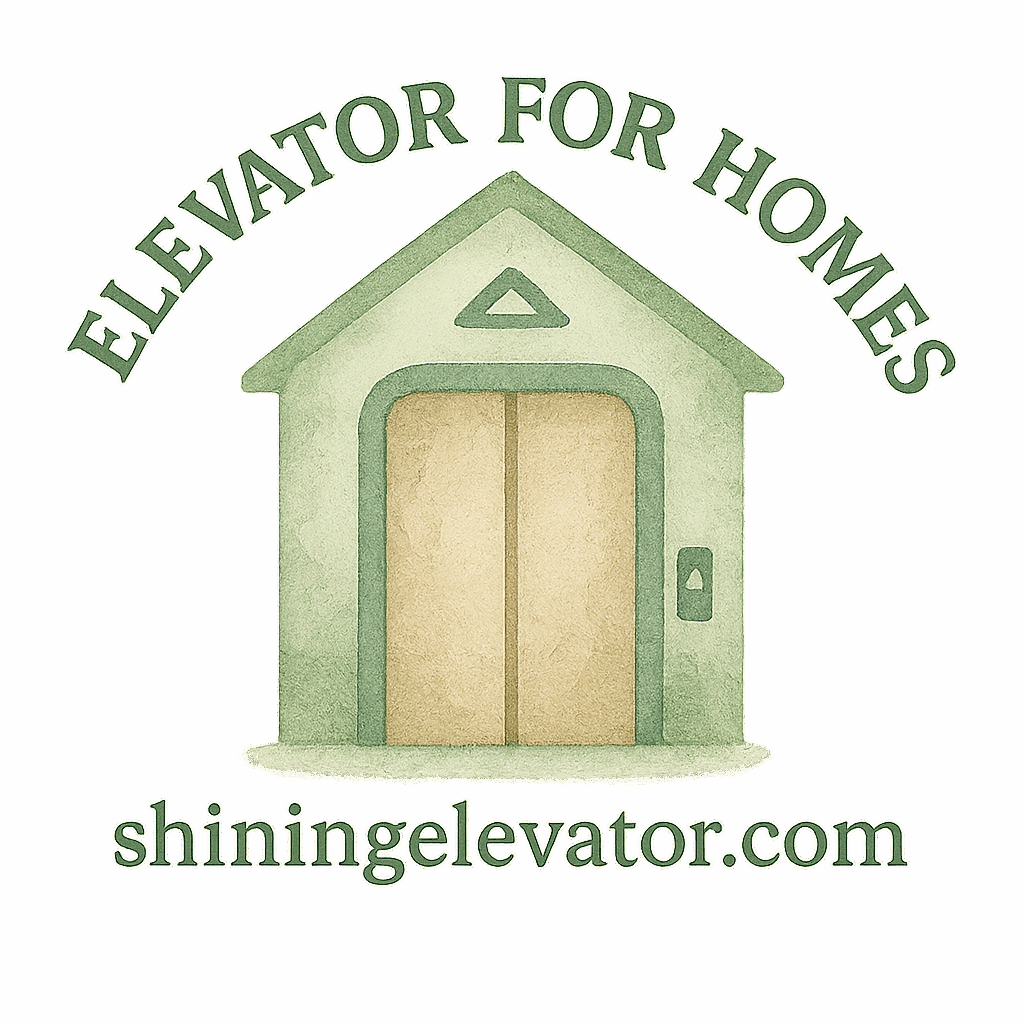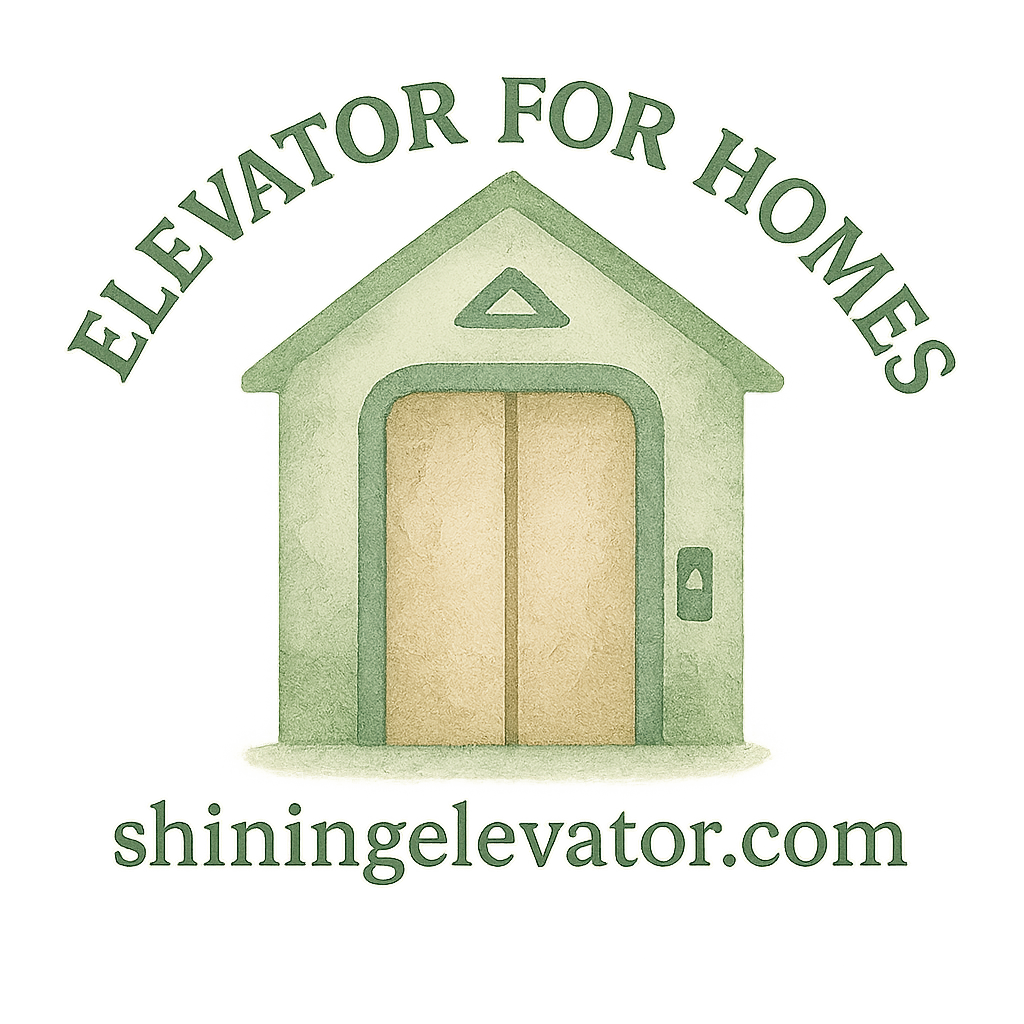Introduction
Imagine needing to get upstairs but your legs don’t cooperate. Or having to choose between living on one floor or giving up your independence. That’s the reality for many people with disabilities. But there’s good news—modern home elevators are changing the game. Let’s explore six elevator options that make life easier, safer, and more independent for disabled residents.
Why Accessibility Matters in Residential Settings
The Challenges Disabled Residents Face
Many homes were never built with accessibility in mind. Stairs become barriers, and simple daily tasks can feel like mountain climbs. For residents with limited mobility, independence often hinges on the ability to move between floors safely.
How Elevators Bridge the Mobility Gap
Installing a home elevator or lift turns multi-story homes into inclusive spaces. It means freedom—no more relying on others or being restricted to one level. Elevators are not just luxury features anymore; they’re essential for aging-in-place and accessible living. Learn more about how to plan for this with our home preparation resources.
Key Features of Accessible Elevators
Space-Efficient Design
Many assume elevators require grand mansions. But today’s space-saving lifts come compact and fit into modest homes without major renovations.
Safety and Accessibility Enhancements
From easy-to-reach buttons to emergency stop features and non-slip flooring, these elevators prioritize user safety—especially for seniors and wheelchair users. Discover more on safety and accessibility.
Customization for Individual Needs
No two homes—or people—are alike. Whether you need braille controls or fold-out seats, elevator customization ensures that the lift suits your lifestyle.
1. Compact Home Elevators
Ideal for Small Homes and Apartments
Small space? No problem. Compact elevators are designed for tight floorplans without sacrificing functionality. They blend beautifully with your home’s layout and even boost property value.
Internal Link: Compact Elevator
These models are perfect for homes where a traditional shaft isn’t feasible. Plus, they’re energy-efficient and quick to install.
2. Platform Lifts
Great for Wheelchair Users
Platform lifts operate like small elevators and accommodate wheelchairs easily. No need to transfer seats or worry about space—it’s a roll-on, roll-off experience.
Design Customization Options
Match them with your interior with the help of design customization. Sleek finishes and enclosed cabins are available for both style and function.
3. Stair Lifts
When Full Elevators Aren’t Possible
Stair lifts attach to your existing staircase and carry users up and down with ease. They’re cost-effective and less invasive to install—great for older adults or those with joint issues.

4. Vertical Platform Lifts (VPLs)
Best for Outdoor and Indoor Use
Need access from the garage to the main level or want a lift for porch stairs? VPLs can be installed both inside and outside, making them incredibly versatile.
Installation Flexibility
They work well in multi-level entry points, providing vertical travel without major structural changes. Learn more about elevator installation.
5. Residential Hydraulic Elevators
Smooth Ride and Greater Load Capacity
If you’re after smooth performance and higher weight capacity, hydraulic systems are the answer. They’re quiet, reliable, and excellent for transporting both people and items like laundry baskets or groceries.
6. Pneumatic Vacuum Elevators
Futuristic and Easy-to-Install
Think of this as the Tesla of elevators. Pneumatic vacuum elevators use air pressure to move the cab. They’re sleek, stylish, and don’t require a pit or machine room—great for retrofitting existing homes.
Budget-Friendly Choices
Despite their modern appeal, they’re relatively affordable compared to full shaft systems. For more info on pricing, check out our elevator expenses section.
Planning and Budgeting for Elevator Installation
Internal Link: Budgeting and Planning
The first step to a more accessible home is proper planning. Know your options, space, and layout. Consult professionals to create a realistic budget.
Elevator Cost Considerations
Costs vary based on model, customization, and home structure. Check out our guide on installation rates to avoid surprises.
Customization Options and Interior Design
Tailoring the Elevator to Your Home
From wood paneling to mirrored walls, your elevator can complement your home’s decor. Luxury look options are also available if you’re going for elegance.
Internal Links: Interior Design
Whether minimalist or ornate, your lift should feel like part of your home—not an afterthought.
Safety, Maintenance, and Longevity
Staying Safe With Senior Safety
For elderly users, stability and reliability are top priorities. Features like backup power and emergency call buttons are essential.
Regular Installation and Maintenance
Keep your elevator running smoothly with regular checkups. Our maintenance budget guide helps you plan ahead.
Conclusion
When it comes to accessibility, elevators offer more than convenience—they offer independence. With options for every home size and budget, there’s no reason to settle for stairs if they limit your freedom. From compact lifts to luxury hydraulic systems, these six elevator options can drastically improve quality of life for disabled residents. Take the first step—because everyone deserves to move freely in their own home.
FAQs
1. What’s the most affordable elevator option for disabled residents?
Stair lifts and compact elevators are generally the most budget-friendly, especially for smaller homes.
2. Can elevators be added to existing homes?
Yes! Many models, like pneumatic elevators, are specifically designed for retrofitting into existing spaces.
3. How do I plan for an elevator installation?
Start with our budgeting and planning guide and consult a professional for a site assessment.
4. Are there elevators suited for very small homes?
Absolutely. Compact elevators are made for tight spaces and require minimal structural changes.
5. How long does it take to install a residential elevator?
Installation can range from a few days to a few weeks depending on the model and your home’s layout.
6. What maintenance does a home elevator need?
Routine checks every 6-12 months help keep your elevator in top shape. Explore our installation and maintenance page for more.
7. Do elevators increase home value?
Yes! They make your home more appealing to buyers and boost its marketability, especially among those looking for accessibility features.


